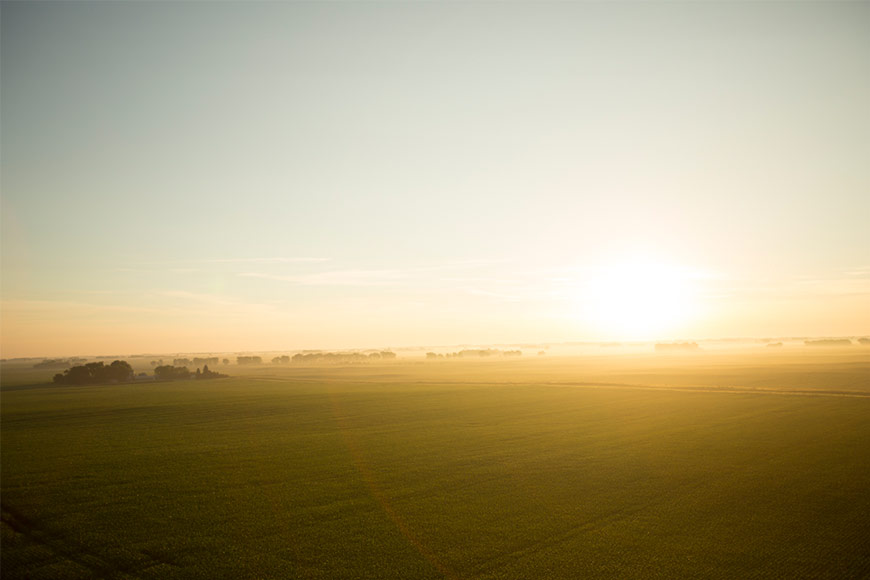3 Things Conservation and Seed Placement Have in Common

Recently, I had the opportunity to work with Agren, a small business focused on precision conservation in Iowa. I asked the founder/CEO Tom Buman if there was a chance for me to calibrate and identify land management and conservation opportunities. He invited me to the Land Improvement Conservation Association (LICA) farm east of Ames, Iowa to see firsthand what solutions a conservation agronomist employs through Agren or the National Resources Conservation Service (NRCS).
As it turns out, land management has a lot in common with hybrid seed placement.
The first rule of selecting hybrids is that there are no silver bullets to help you optimize inputs per bushel of yield. It takes an understanding that yield is a system and that soil nutrient interactions have a significant impact on the success of your hybrid and the environment.
Similarly, I’ve learned there is a system to land conservation. During my time with Tom, I asked him about what conservation practice everyone should use on their farms. And his answer was the same as mine is for a hybrid – there are no silver bullets. Around every corner he pointed out examples of the pros and cons of choices and explained rules for success that are similar to hybrid placement.
- Have the data and tools for an informed decision-making process and, where possible, use a precision approach.
- Know the grower’s objectives and his or her ability to implement the plan.
- Build a plan and be an active manager of the plan’s success, measuring what you are managing.
Conservation is the responsibility for our entire industry – farmers, conservationists and agronomists alike. We use precision ag tools to help meet profitability goals through optimized inputs per bushel. But we have another job — to use these same tools and skills to implement responsible agriculture on our farms every chance we get.
Management of soil health and water movement are already part of many operations and are a solid base for land management and conservation. As precision ag tools continue to advance, be prepared to adopt new and different practices for even more precise land management.


